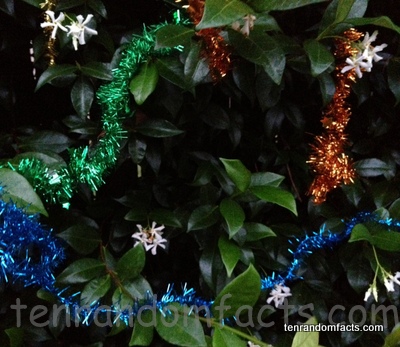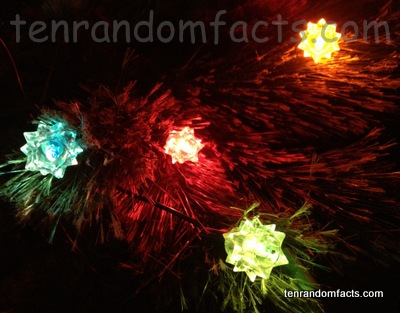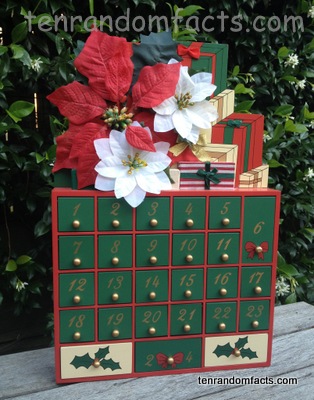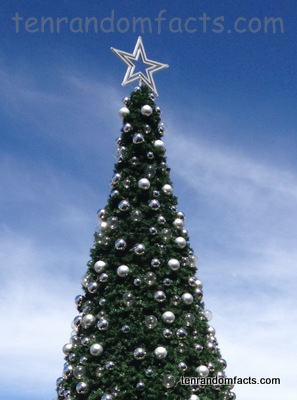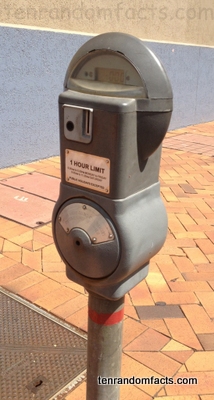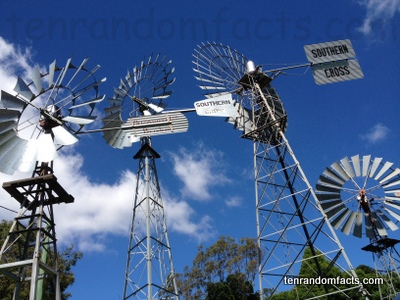
Round and round it goes.
- A windmill is a machine that harnesses wind energy via its sails or blades. The sails are connected to gears and poles which turn using the wind power, to perform a task.
- The windmill was originally made for milling grain and drawing water, but they have been used for many other purposes including the production of paper, wood sawing and to assist textile production.
- The windmill is said to have been invented in Persia (Iran) around 8 AD.
- The first windmills rotated horizontal sails (vanes or blades) on a vertical pole.
- The blades of a windmill are made from a variety of materials including sail cloth spread over wooden lattice beams, wood and steel.
- In the 1920s, with significant improvements and the use of aeronautical principles, the power output of a windmill could reach 74, 500 watts (100 horsepower).
- In Europe, during their peak in the 1700-1800s, it is estimated there were around 200,000 windmills.
- Many windmills found on farms are typically wind pumps to pump water for agricultural purposes.
- In the mid 1800s, windmills started facing a decline as steam power took over, although there are numerous windmills still in use today.
- The use of wind energy has seen a renewed popularity, as a new type of windmill, a wind turbine, has been specifically made to create electricity.




